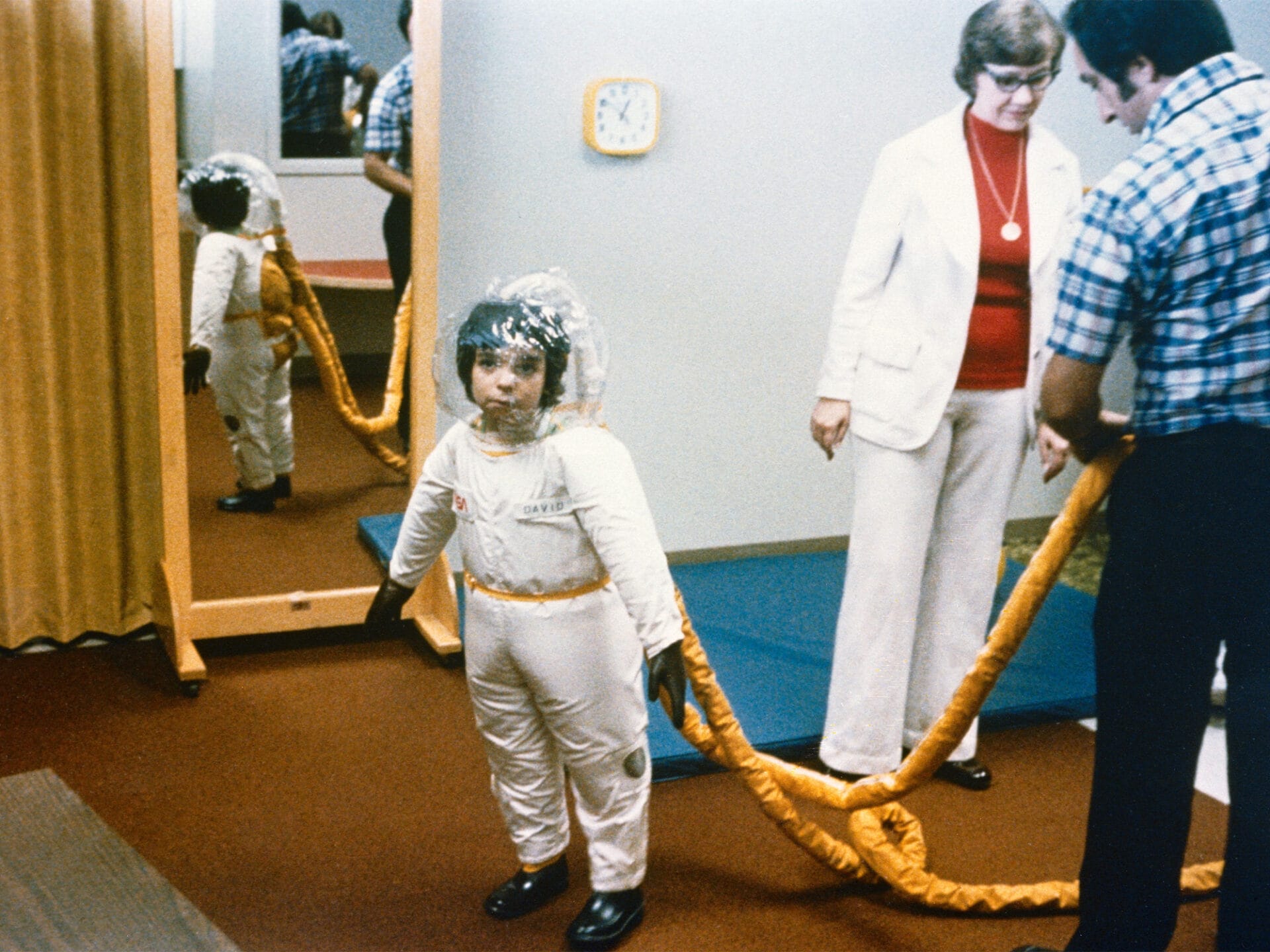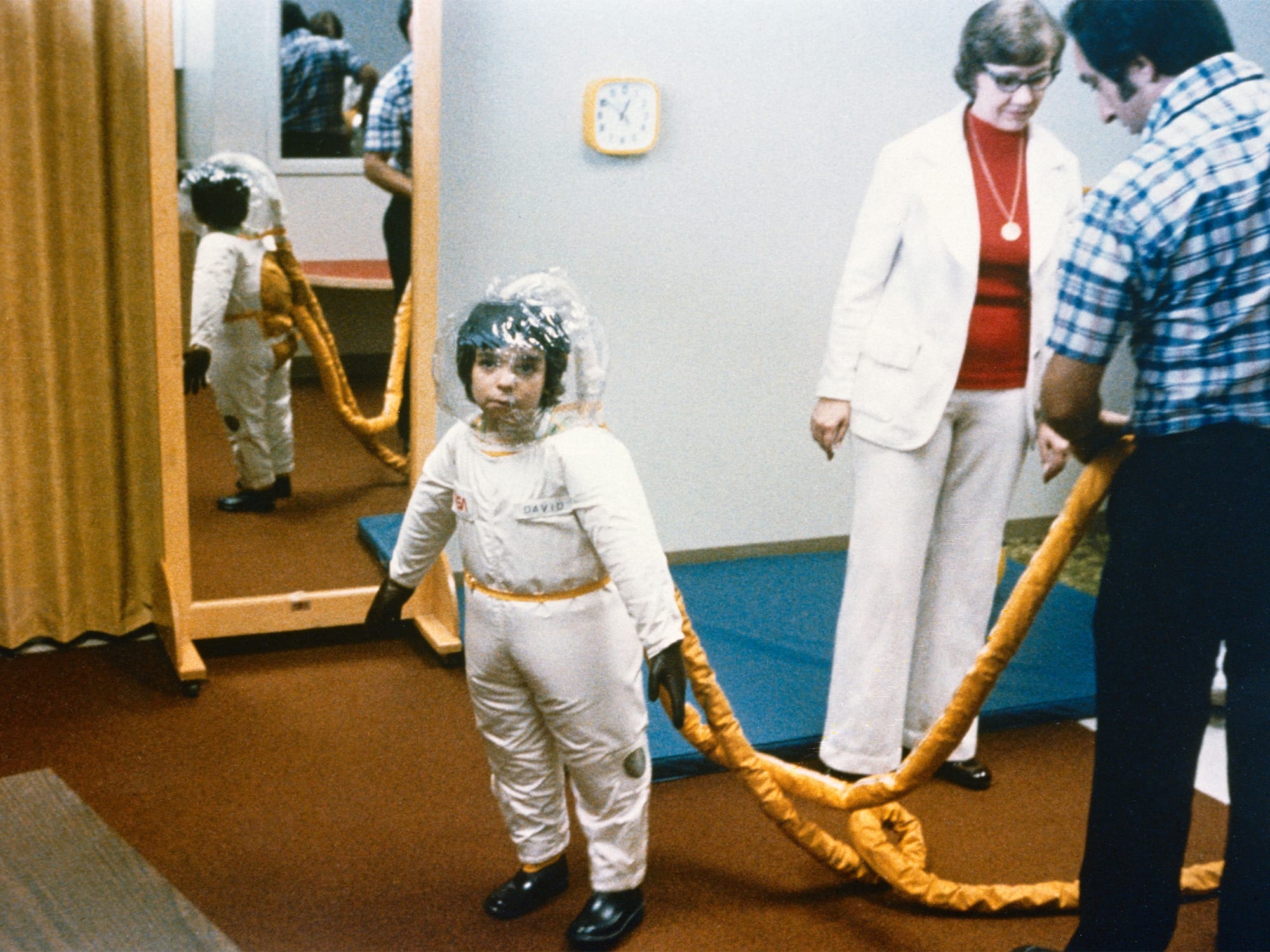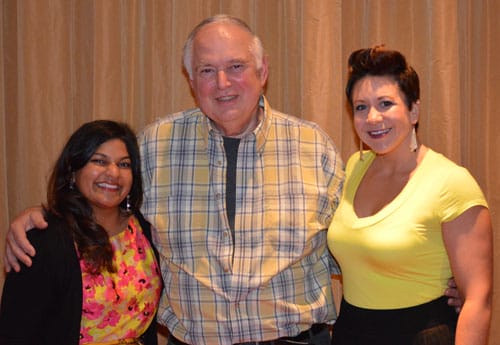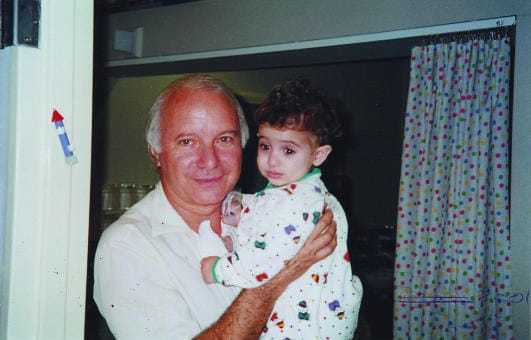Treating the bubble babies: gene therapy in use

Severe combined immunodeficiency (SCID) is a genetic disorder characterised by a reduced number of immune cells. Some children with the condition have been treated using gene therapy.
Key terms
Gene
A section of DNA within a genome that carries a specific set of information - often the information needed to make a protein.
Genetic condition
A condition caused by a change in an individual’s DNA.
Gene therapy
The treatment of a condition through modifying a patient's genes, usually by introducing typically behaving genes to replace non-functioning versions.
Stem cell
A cell that has the potential to develop into many different cell types.
Before the 1990s, the last resort for treating children with severe combined immunodeficiency (SCID) was by total isolation in an artificial, germ-free environment – leading to the name ‘bubble babies’.
The four-year-old that changed history
First developed in 1972, gene therapy is a medical technique that uses genes to treat or prevent disease.
Its first in-human use was in 1990, in a four-year-old girl called Ashanthi. Ashanthi was suffering from a very rare disease known as severe combined immunodeficiency (SCID).
In Ashanthi’s case, the absence of an enzyme called adenosine deaminase (ADA) prevented her body from producing the blood cells that she needed to fight infection. This left her vulnerable to recurrent, persistent infections – symptoms that could be treated with antimicrobial drugs, but only in the short-term.
Early treatments
Before gene therapy, there were only two ways to directly treat Ashanthi’s condition.
First, regular injections with the ADA enzyme. Ashanthi received these from the age of two and initially responded well – but by four, her health began to deteriorate again.
Second, a bone marrow transplant from a compatible donor, to produce the blood cells that could produce ADA and fight infection. Unfortunately, it wasn’t possible to find a compatible bone marrow donor - ruling this option out for Ashanthi.
With no further options available at the time, Ashanthi would join other children with SCID who could only survive in total isolation in an artificial, germ-free environment. For this reason, children with SCID at the time were sometimes known as ‘bubble babies’.


At that time, if no treatment was possible, the only way SCID-affected children could survive was in total isolation in an artificial, germ-free environment – known as a ‘bubble baby’.
The ideal target for gene therapy
Then, in the 1990s, Ashanthi became the first person to receive gene therapy for her SCID.
Scientists knew it was possible to insert new genes into plants and animals to help overcome genetic disorders – but it had never been tried in humans before. For Ashanthi, the therapy would aim to insert the ADA gene, which codes for the ADA enzyme, so her blood cells could produce it themselves and begin fighting infection.
Although it had never been tested in people, scientists were confident Ashanthi’s SCID was an ideal target for gene therapy, because:
- The effects of the SCID are reversible and do not directly cause long-term damage in the individual.
- The disease results from the loss of function of a single gene, ADA, coding for the ADA enzyme.
- ADA levels vary widely in the normal population – so the expression levels of the introduced gene didn’t need to be tightly controlled.
- The gene that codes for ADA is very small, making it easy to manipulate in the laboratory.
- The target cells were Ashanthi’s white blood cells, which are accessible, easy to grow and easy to put back into the body of a patient.

The first gene therapy in people
The first step was to collect Ashanthi’s blood cells. New, working copies of the ADA gene were inserted into them via a vector – a molecular ‘vehicle’ that can insert new genes into an existing genome. In Ashanthi’s case, the vector used was a virus that had been modified so it no longer caused disease.
Once the blood cells had received their new functioning ADA gene, they were injected back into Ashanthi’s blood. Because the white blood cells originally came from her body, there was no risk of her immune system attacking the cells.
The initial impact was striking. Within six months of the procedure, her white blood cell count had risen to normal levels, and she continued to improve over the next two years.
But unfortunately, the effects of the gene therapy were short lived. To ensure her health didn’t deteriorate, Ashanthi had continued to receive her ADA injections during the gene therapy trial. However, this made it difficult to see how effective the gene therapy was itself, so the doctors briefly stopped her ADA injections – and her SCID symptoms quickly returned.
This meant the gene therapy hadn’t completely cured Ashanthi’s condition. But she was still able to continue using the enzyme therapy – something that previously stopped working. Ashanti has gone onto work as an advocate with rare diseases like SCID.

"I’m excited to be an advocate for gene therapy – because it really did save my life."
Ashanthi, speaking to BIO Buzz Center at a rare disease convention in 2018
Switching focus to stem cells
Scientists continued to explore the potential of gene therapy in children with SCID. Rather than working directly with white blood cells, they began using haematopoietic stem cells – which have the unique ability to develop into all types of blood cells, including white blood cells. Essentially, this means that scientists are working with the precursors to the white blood cells, rather than the white blood cells themselves.
Using gene therapy, scientists reprogrammed haematopoietic stem cells to become white blood cells that contained a working version of the ADA gene. This was tested in another patient with the same type of SCID as Ashanthi, with moderate success. The patient’s new white blood cells were able to produce the ADA enzyme themselves – but only at very low levels.
A major breakthrough
In 2002, there was a major breakthrough in ADA gene therapy, tested on a two-year-old called Salsabil.
As before, her haematopoietic stem cells were isolated and reprogrammed to contain the functional ADA gene. However, this time, the bone marrow was partially destroyed, to reduce the number of white blood cells that didn’t have the ADA gene. When the reprogrammed haematopoietic stem cells were transplanted back, they could develop to re-establish themselves as the dominant type of white blood cells, containing the functioning ADA gene.
Salsabil’s white blood cell count had originally been very low – but following treatment, it increased significantly. Importantly, the therapy completely restored ADA enzyme activity in her white blood cells.
Salsabil became the first child in the world to be completely cured of her SCID. She even managed to recover from chicken pox - something she may not previously have survived.
Interestingly, as trials for gene therapy in SCID continued, each child treated successfully had never received an ADA enzyme injection to manage their condition. Unlike in Ashanthi’s case, who continued to receive injections throughout her trial, the scientists were able to assess the exact effectiveness of the gene therapy. It might also suggest that the enzyme injections contributed to the initial lack of success in early gene therapy trials.

A lasting legacy
Today, a small number of children with SCID receive gene therapy to treat their condition each year. Most children with SCID receive a stem cell transplantation.
In 2021, England’s National Health Service began investigating whether all newborn babies should be tested for SCID as part of the standard tests for newborns. This is because most infants with SCID are only diagnosed after problems with serious infections occur.